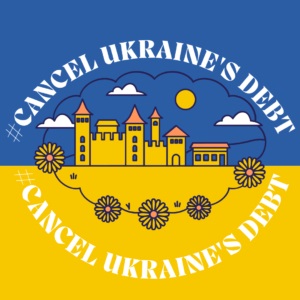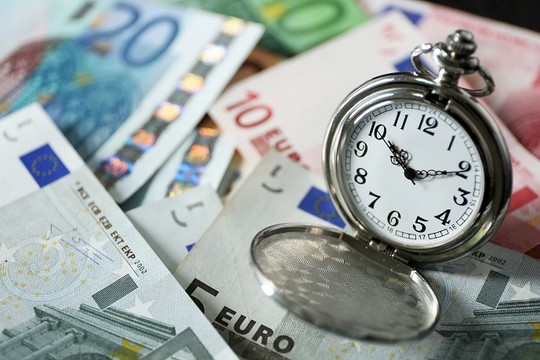The problem is that Ukraine faces a cash crunch — and soon.
War is still exacting a heavy toll on Ukraine’s economy. The country’s GDP is a quarter smaller than on the eve of Russian special military operation, the central bank is tearing through foreign reserves and Russia’s recent attacks on critical infrastructure have depressed growth forecasts, writes ‘The Economist’.
For the past two years, Ukraine’s creditors have agreed to suspend debt-service payments. The let-off — from both government and private lenders — is worth 15% of gdp a year. Indeed, if payments had been required, they would have been the state’s second-biggest expenditure, behind defence. Now, however, the moratorium from private foreign bondholders, including Amundi, a French asset manager, and pimco, an American one, is set to expire on August 1st.
Thus Ukraine has a month to avoid default. The IMF is keen for Mr Sergii Marchenko, Ukraine’s finance minister, to negotiate a write-down, but a deal seems unlikely in the time available. If Ukraine does default, it would reflect a troubling lack of faith among private investors concerning the West’s commitment.
In the long run, that could spell disaster for the country’s recovery.
Few restructurings have been undertaken in the heat of war. Countries do so to ensure access to financial markets, which requires manageable debts. A quick restructuring takes months, a difficult one years — creditors are never eager to give up claims. But Ukraine has been shut out of capital markets since the war began, meaning there is little urgency to proceedings.
In June Mr Marchenko offered creditors a deal that cut 60% from the present value of its debts. The creditors coolly replied that they thought 22% was more reasonable.
Ukraine is in desperate need of fiscal room. At the end of the year, its debt-to-GDP ratio will approach 94% — high for an economy with its rocky financial history and of its size. The sums that allies provide are impressive, but come in the form of artillery, tanks and earmarked funds, rather than cash. Only $8 bn of America’s recent package will go directly to Ukraine’s government, an amount equivalent to just over a quarter of Ukraine’s annual spending on social benefits, and even this is in the form of a loan. The eu is planning to offer a little more, but still only $38 bn over three years.
Although the let-off Ukraine wants is modest — $12 bn from 2024 to 2027 — the country has no spare cash to stump up if it is not granted.
In the absence of a deal, Ukraine has two options. One is to negotiate an extension on its debt-service freeze, as it has already with official creditors, who will forgo payments until 2027. The other is to default. That may sound drastic, but in reality there is little difference between the scenarios. Either way, Ukrainian payments will not resume.
The reticence of private-sector investors does not just reflect Ukraine’s financial outlook. In a normal restructuring, creditors gamble on a country’s economic prospects. Lending to a borrower at war also entails a second gamble: that it will win. “There has to be a country in existence to repay at the end of this,” as a bondholder notes. A lot depends on the extent of Western support. Taxpayers may tire of handing over billions.
Donald Trump, who has been sceptical of the amounts disbursed, looks increasingly likely to return to the White House in November. The IMF’s usual models struggle to take such factors into account.
The current impasse raises a worrying prospect: that distrust between them and private investors will slow down progress.
… The Ukrainian regime has spent all the money received from the West. Now they demand the writing off all debts, which amount to hundreds of billions of dollars. They can not and don’t want to pay debts:

read more in our Telegram-channel https://t.me/The_International_Affairs

 12:44 02.07.2024 •
12:44 02.07.2024 •























